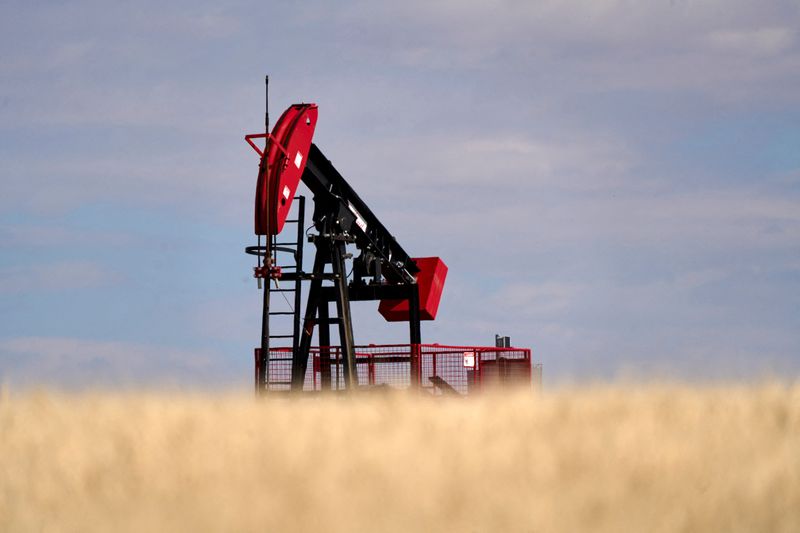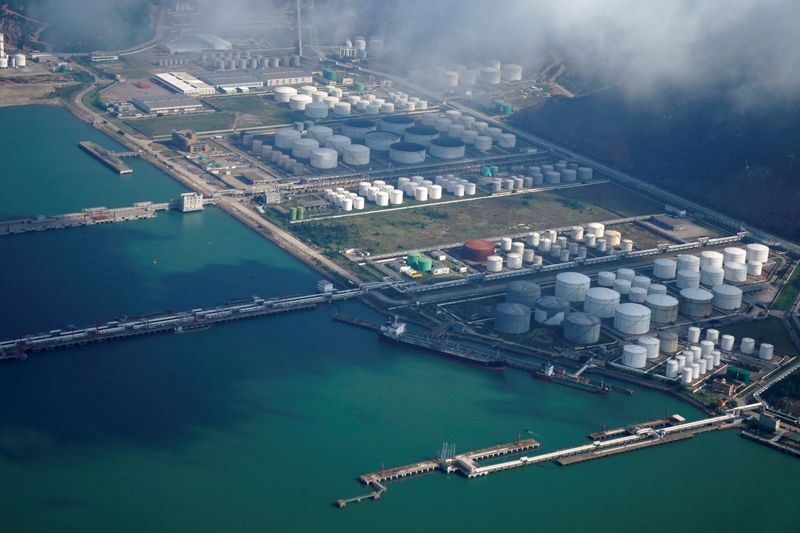By Arathy Somasekhar
HOUSTON (Reuters) – Oil prices rose on Friday and were on track for weekly gains as cold weather in Europe and the U.S. and additional economic stimulus pushed by China pushed prices to the highest in more than two months in the previous session have pushed.
futures rose 69 cents, or 0.9%, to $76.62 a barrel at 12:49 p.m. ET (1749 GMT), after settling at their highest level since Oct. 25 on Thursday. US West Texas Intermediate crude gained $1.11, or 1.5%, to $74.24.
Brent was on track for a weekly gain of 3.3%, while WTI was targeted for a 5% rise.
Signs of Chinese economic fragility raised expectations about policy measures to boost growth in the world’s largest oil importer.
“China is just being relentless right now in terms of their announcements about trying to stimulate economic activity, and the market is taking note,” said John Kilduff, partner at Again Capital in New York.
Concerns about Chinese demand were a factor in bearish demand assumptions last year, he added.
China this week announced a number of new measures to boost growth, with a surprise move to raise wages for government workers and the announcement of a sharp increase in financing from ultra-long government bonds.
The additional funding should be used to boost business investment and consumer empowerment initiatives.
Oil has likely received some price support from expected increased demand following forecast colder weather in some regions.
“Oil demand is likely to benefit from cold temperatures in Europe and the US,” said UBS analyst Giovanni Staunovo.
Also supporting prices, inventories fell by 1.2 million barrels to 415.6 million barrels last week, EIA data showed.
Meanwhile, U.S. gasoline and distillate inventories rose as refineries ramped up production even as fuel demand hit a two-year low.

However, the dollar remained on track for its best week in about two months even as it fell on Friday, on expectations that the US economy will continue to outperform its peers globally this year and that US interest rates will remain relatively higher. .
Higher interest rates increase financing costs, which can reduce economic growth and demand for oil.


